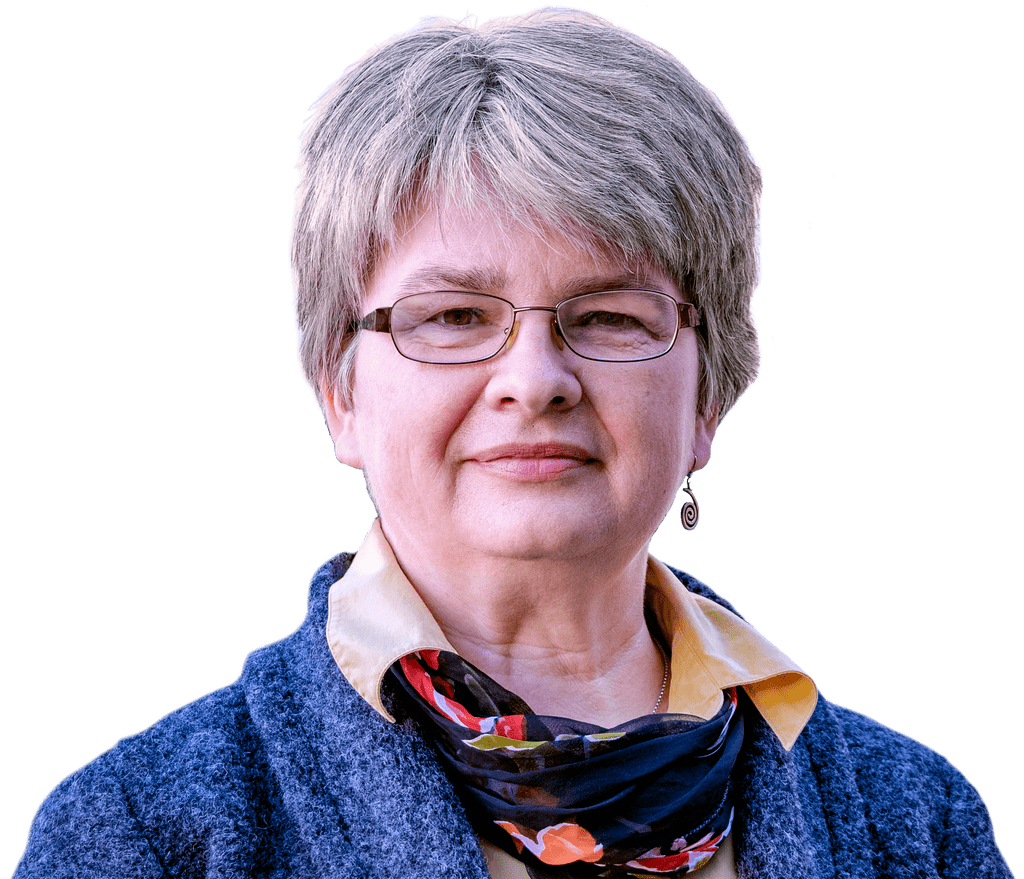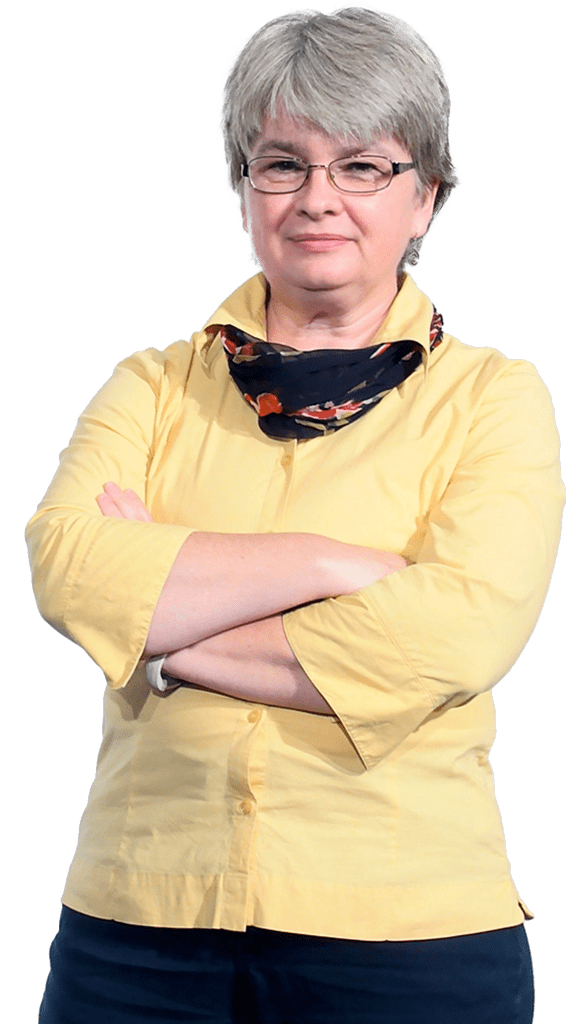
Wiebke Kuhn joined Carleton on July 1st as Director of Academic Technology. She previously served as the Associate Director of the Biggio Center for the Enhancement of Teaching and Learning at Auburn University, and before that served as the Information Technology Manager in the College of Liberal Arts at Auburn. Wiebke grew up in Germany where she got an undergraduate degree in teaching before coming to Auburn for M.A. and PhD degrees in English Language and Literature.
Wiebke is a member of the ITS Leadership Team, reporting to Chief Technology Officer Janet Scannell. “I am delighted that Wiebke has joined us as the Director of Academic Technology,” said Scannell. “She stood out as a candidate who will be able to build strong and open relationships and who is guided by a desire to support the teaching and learning experiences of our students in the face of an ever-changing world. Wiebke has hit the ground running and has already made herself indispensable to her ITS and faculty colleagues.”
A short conversation with Wiebke
You started at Carleton this past July. What was attractive to you about coming to Carleton?
I believe in the mission of the liberal arts college – the importance to take the time and delve into thinking, creating, questioning, talking things through and collaborating so that individual students can grow and stretch their intellectual wings and, through this, improve the community at large. I of course had heard of Carleton before, so its reputation in this field of working with students and its location made this position very attractive.
You previously worked in the Auburn University ITS department. Can you tell us a little about your work there?
Strictly speaking, I did not work for ITS – Auburn University is built on a decentralized model, and I was managing IT for one of the larger colleges on campus, the College of Liberal Arts, before I became the Associate Director for the Biggio Center for the Enhancement of Teaching and Learning.
My work for the college included managing a team that supported servers, multiple computer labs for the 13 departments in the college, hundreds of faculty, staff and GTA computers, software management, project management, innovation of workflows and teaching and learning processes, and lots of workshops and individual consultations with faculty. I also shifted the university as a whole to think about formal learning spaces differently by introducing, piloting and building at scale active learning spaces with lots of immersive technologies, while working with faculty around rethinking their courses to teach in such spaces.
This work took me into the Teaching and Learning Center where I worked with faculty, instructional designers, undergraduate and graduate students to create a culture of teaching and learning more grounded in student-centered courses.
How has the transition been to Minnesota so far?
Well, these are interesting times to make this kind of change — moving from Alabama to Minnesota is quite the climate change; making this move and starting this position in the midst of two pandemics has been challenging. While I believe that I was able to connect with considerably more faculty and other colleagues in a shorter amount of time than I would have a few months earlier, not being able to connect with people in hallways, outside, or socially has been challenging. And not having found visible connection points to connect for political and communal work has also been difficult.
The pandemic has turned everything upside down, and changed priorities for departments across the college. How has dealing with the pandemic changed your plans and expectations around academic technology here at Carleton?

I am certainly sad that Carleton this Fall was not what it usually is — the campus felt quite empty in spite of 1500 students being here. I am hopeful, though, that out of these moments of crisis comes innovation, and a new sense of sharing ideas around instructional technologies that will invigorate Carleton teaching and learning for years to come. I am already seeing a lot of great innovations happening in current classes.
The opportunity to guide a dedicated team of Academic Technology colleagues and collaborate with everyone else in ITS and across so many Carleton programs in supporting all of Carleton as we are moving deeper into the 21st century is exciting. What kinds of innovations are faculty at Carleton interested in? What types of technologies will the students be bringing to campus over the next few years that will change the way we connect, communicate and collaborate? How can we support faculty integrate student-centered learning technologies? What kinds of technologies will help us create more equitable learning environments? And how can we build on our insights into teaching and learning with technologies that are coming out of our current situation?
Being a part of the ITS leadership team allows you to work with people and teams across the college on a variety of projects. Is there a type of project that you find particularly satisfying?
I love projects that allow students to learn how to learn. I believe this core skill is essential in our fast-paced world, and I see especially in the intersection between ITS and the opportunities it offers to student workers and the work that students are doing in their courses and other projects the core values of Carleton exemplified — intellectual curiosity, risk taking, courage, the development of wisdom and creativity
You are from Germany, and lived for many years in the Southern part of the US. Do you find significantly different perspectives on leadership or technology across your experience? (Maybe this isn’t exactly the right question to ask.)
Hmm, not sure how to answer this one — there are certainly differences — German universities are still not terribly interested in instructional technologies, though I expect they had a change of heart over the last few months as well. When it comes to different parts of the US, I think it becomes more important whether a place is a more rural or urban setting, and what the value is that the particular state puts on education as a whole — that value has a direct impact on what the technology for teaching and learning looks like, and, more importantly, what the ongoing resources for supporting faculty and students using the technologies looks like.
Have you had a chance to visit any Northfield hotspots?
As the infamous Jesse James Day was only virtual this year, I missed out on this epic event, hoping for 2021. Not sure that the Northfield and Dundas dog parks can be deemed “hotspots,” but that is where I have met the most people outside of Zoom. I love the Northfield Public Library and the locaI bakeries. I enjoy exploring state parks and am hoping for lots of opportunities to visit them all, and I am looking forward to getting tips on where to get winter clothing and things to do (and not to do) in the winter.